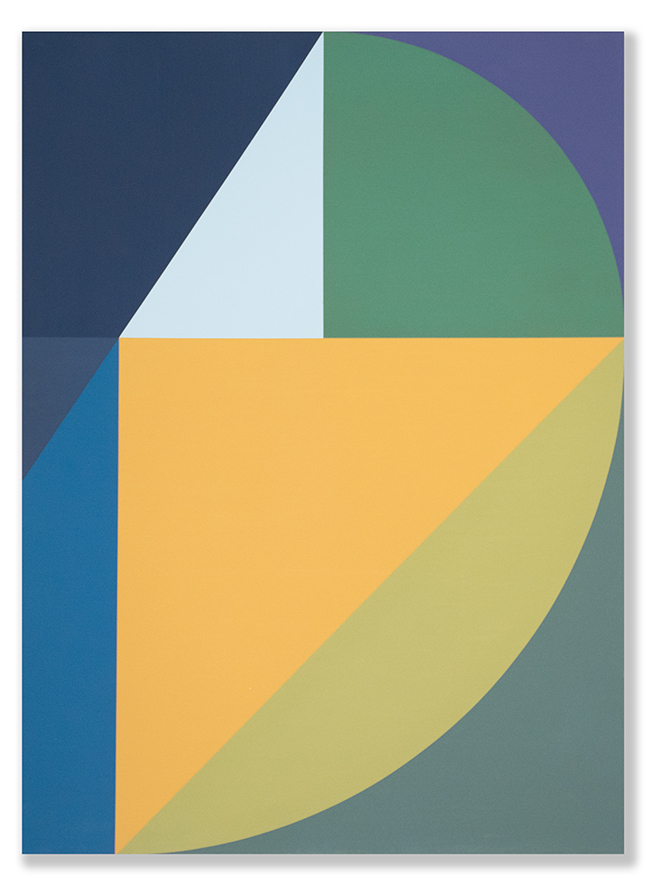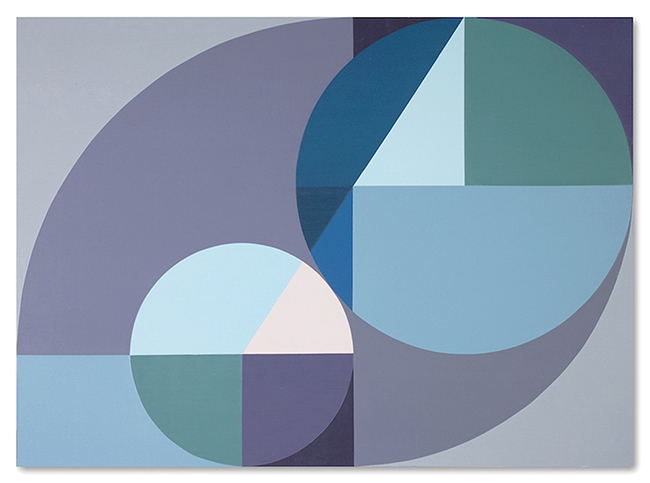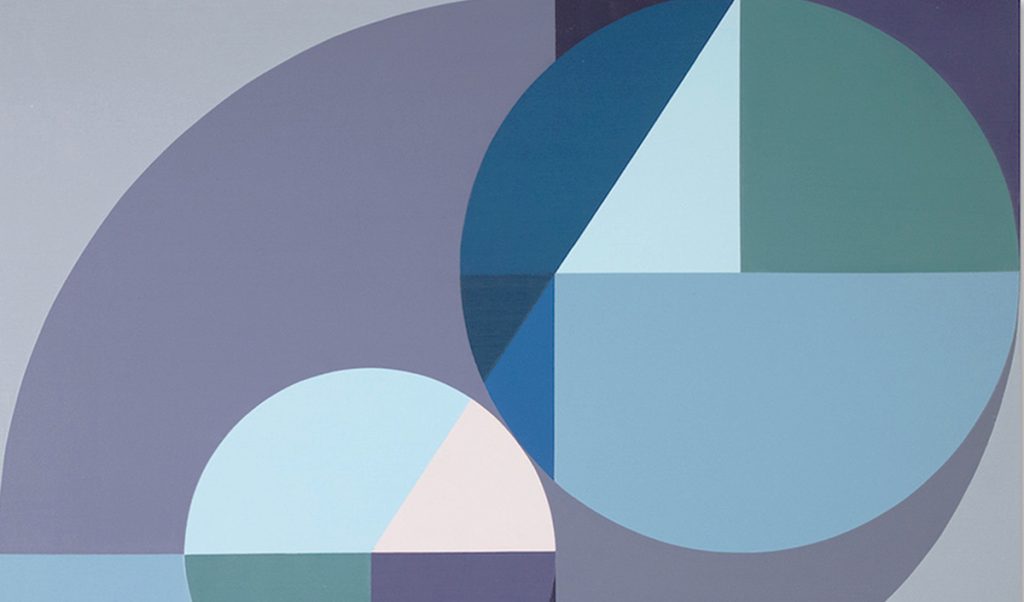Haeley Kyong is an artist whose work moves with quiet force. She believes art should touch the core of human experience, reaching beneath surface impressions into the realm of feeling and reflection. Her paintings are pared down, often minimal, yet they carry emotional weight. They invite pause. They ask the viewer to step inward.
Born in South Korea and shaped later by study in the United States, Kyong balances tradition with a contemporary edge. She studied at the Mason Gross School of the Arts at Rutgers University and Columbia University in New York, where discipline met experimentation. This mix of influences still echoes in her practice. Her approach is grounded but never static. She is interested in what connects people: bonds, memory, the sense of belonging that underpins identity. It is here, in the terrain of family, that much of her work finds its anchor.
Early Works and Family Themes
Among her earliest works are three paintings that she often recalls with affection: Spatial Construction, Lineage, and Ties of Kindred. These paintings are not just exercises in composition. They are reflections of her deepest values. Together, they form a narrative of connection and kinship.
Kyong has said that her early canvases were a way of clarifying what mattered most to her. Family, in her view, is not just background—it is the ground itself. It is both the inheritance we receive and the structure we pass forward. These works embody that conviction.
Spatial Construction

Spatial Construction was one of Kyong’s first statements as a painter. The title suggests architecture, but what is built here is not made of steel or wood. It is made of memory and presence. The painting unfolds in careful planes, where each form seems to hold its place in relation to the others.
This rhythm gives the work its life. The eye follows from one element to the next, as if tracing an invisible thread. It is less about objects than about the spaces between them. For Kyong, those spaces echo the balance that exists in close relationships. There is a sense of intimacy in the way the painting breathes, a reminder that belonging is constructed moment by moment.
Lineage

The second painting, Lineage, turns from spatial balance to the continuity of generations. Here, gestures sweep across the surface, tying fragments together into a larger whole. The painting does not aim for symmetry. It allows complexity, even contradiction.
In this work, Kyong suggests that family ties are not always simple. They stretch across time, connecting ancestors to descendants, the past to the present. There is both tenderness and uncertainty in the way the lines intersect. The piece resists a final conclusion, mirroring the unfinished story of lineage itself.
Lineage carries symbolic weight. It is about inheritance, but not only in the literal sense. It is also about emotional and cultural inheritance—the unseen patterns that shape identity. Kyong presents these not as burdens but as living currents.
Ties of Kindred

The third painting, Ties of Kindred, completes the group. Where Lineage speaks of continuity, this work speaks of immediacy. It is about the bonds between those who share daily life. The surface feels active, even restless, as colors and forms overlap.
This sense of movement suggests both harmony and tension. Families are not static. They are sites of affection, but also of conflict. By allowing this complexity into the canvas, Kyong acknowledges the full spectrum of intimacy. Closeness can be both comforting and challenging, yet the ties endure.
Viewers often respond to this painting with recognition. It captures the reality of relationships that are layered and multifaceted, never reducible to a single tone.
The Cornerstone of Values
Together, these three works mark the foundation of Kyong’s career. They reveal an artist already focused on connection, already using her canvas to honor the ties that shape her life. They are early works, but they carry a clarity that continues in her practice today.
Kyong’s art has since widened in scope, but the essence remains. Family is the cornerstone—the root from which her expression grows. Whether through minimal gestures or broader explorations, she continues to return to this theme.
Closing Thoughts
Looking back at Spatial Construction, Lineage, and Ties of Kindred is to see an artist laying out the threads of her journey. These canvases do not shout. They speak in measured tones, inviting reflection.
They remind us that art does not need to overwhelm to be profound. It can be quiet and still carry depth. Kyong shows that the simplest forms can hold the richest meanings when they are tied to lived experience.
Her early works are not just personal—they resonate outward, reminding us of the unbreakable bonds that ground every human life.

